Supported seated unloading exercise intervention – an exercise for sitting
As a researcher, it is always exciting to see your work referenced. In a recent publication in Ergonomics, (Phimphasak, Swangnetr, Puntumetakul, Chatchawan, & Boucaut, 2015) the authors looked to compare two seated ergonomic strategies as an exercise for sitting to offset the effects of static sitting. One of the exercises was the chair-care exercise that I had published in two journals several years ago in the Journal of Bodywork and Movement Therapy (J. Fryer & Zhang, 2010) and The Spine Journal (J. C. J. Fryer, Quon, & Smith, 2010). The authors referred to this exercise as supported dynamic lumbar extension exercise because with this exercise, the arms are used to support and off-load the lumbar spine. The other exercise that was published by Magnusson and Pope in 1996 was named unsupported because the exercise involved bending backwards (extension) without the use of arms for support.
Because sitting is believed to be a risk factor for low back pain (Bakker, Verhagen, van Trijffel, Lucas, & Koes, 2009), the continuing research interest to find the best ergonomic strategies for the seated worker is ongoing. Research has seen the prevalence of low back pain to be as high as 33-61.6% in seated workers (Spyropoulos et al., 2007) so this is an important topic especially with the trend towards more sitting jobs.
In order to measure the two ergonomic strategies these researchers used something we used in our study to measure spinal height changes. Stadiometry is the technique of using a ruler to measure height—very similar to the technique you may have had your parents use when you were growing as a child. But instead of a pencil against the wall, instruments with much more resolution are used. If any of my readers have seen me as a chiropractic patient, you may have seen this instrument against the wall in my treatment room as I sometimes measure a patient’s height before and after treatment.
In their research they found that chair-care exercise recovered the spinal height quicker than the unsupported exercise by Magnusson but both failed to provide long-term changes. Considering how dynamic the spine is, this is something I would expect. As we continue to move forward with research, there will likely be no exercise to provide protection against spinal height loss in the long-term unless one encorporates regular offloading or lying down. It is the dynamic nature of posture shifting with the use of the arms that will likely continue to be of interest in the seated environment, like that seen with chair-care exercise. It will be in the frequency and duration in the application timing of this supported exercise that will wet the palette of future research.
Unpublished data I have acquired over the years in combination with the published data,gives me confidence to believe that off-loading of the spine should occur frequently. Often people do this naturally by “shifting” their weight in a seated position. A number of studies have shown that sustained sitting causes spinal height loss.(Puntumetakul, Trott, Williams, & Fulton, 2009) This is thought to occur due to hydraulic water loss as well as intervertebral disc deformation.
Short-Case Report Using Chair-Care Exercises
One particular case that I have yet to write-up as a case study involves a late 50s male that approached me after having failed back syndrome as a result of surgery. He had been suffering with back pain for years and was unable to drive any long distances in his vehicle because of his back pain. This specific patient approached me after seeing one of my osteoarthritis lectures I sometimes give.
Excitingly, after several months of treatment in combination of the prescribed exercise, the patient began to resolve. With a MRI scheduled, I encouraged him to get it even with his resolution of symptoms.
You can see in the below image the changes seen pre and post introduction to chair-care exercise. The increase uptake of water in these MRIs seen in L3-4 is thought to be due to regular off-loading of the discs. The patient reported doing the exercise 7 times a day. It is always nice to work with motivated patients as they are compliant and do listen to what a doctor suggests. I would consider this regeneration because of the re-introduction of water into the disc.

Unloading the spine should be part of general spinal health–especially when you are sitting for prolongeded periods of time. It is my opinion that offloading or supported extension should occur every 7-10 minutes of sitting.
You can see below a graphical representation of a single stadiometric measure I took before sitting, after fifteen minutes of sitting, and thereafter taken every 10 seconds. You can see the leveling off of height after 11 minutes. It is the dynamic nature of the discs that will keep them nourished and hydraulically tall. Unload regularly!
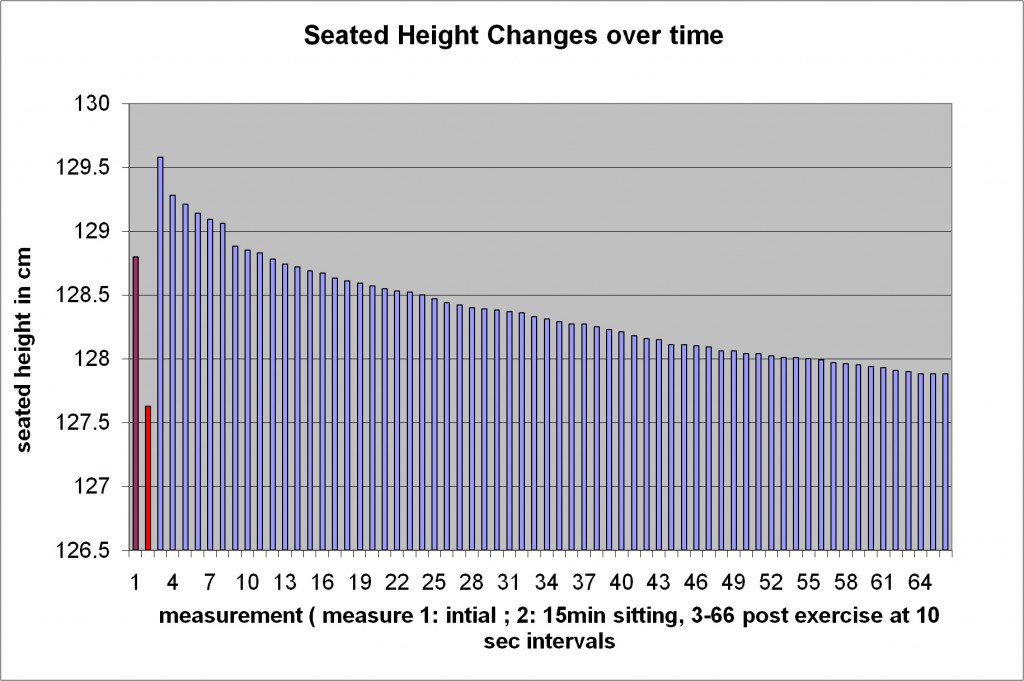
Bakker, E. W. P., Verhagen, A. P., van Trijffel, E., Lucas, C., & Koes, B. W. (2009). Spinal mechanical load as a risk factor for low back pain: a systematic review of prospective cohort studies. Spine, 34(8), E281–E293. doi:10.1097/BRS.0b013e318195b257
Phimphasak, C., Swangnetr, M., Puntumetakul, R., Chatchawan, U., & Boucaut, R. (2015). Effects of seated lumbar extension postures on spinal height and lumbar range of motion during prolonged sitting. Ergonomics, (September), 1–9. doi:10.1080/00140139.2015.1052570
Puntumetakul, R., Trott, P., Williams, M., & Fulton, I. (2009). Effect of time of day on the vertical spinal creep response. Applied Ergonomics, 40(1), 33–38. doi:10.1016/j.apergo.2008.01.016
Spyropoulos, P., Papathanasiou, G., Georgoudis, G., Chronopoulos, E., Koutis, H., & Koumoutsou, F. (2007). Prevalence of low back pain in greek public office workers. Pain Physician, 10(5), 651–659.
Written by: Dr. Jerome Fryer, BSc DC Published by: Nanaimo Chiropractor on
Dr. Jerome Fryer


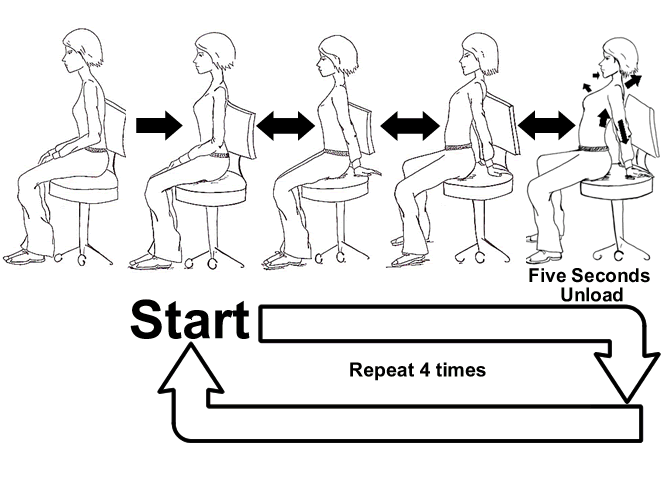
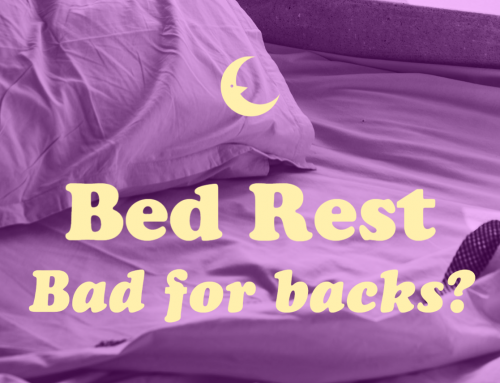
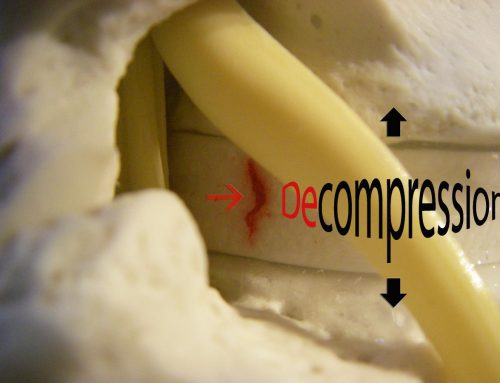
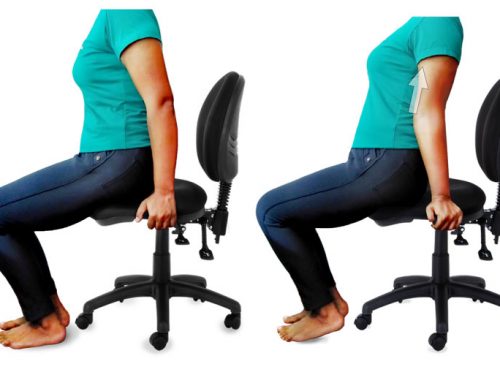

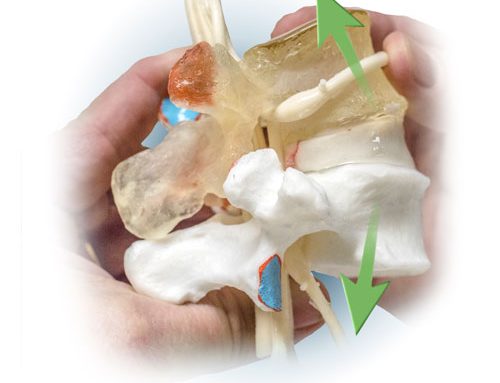
Leave A Comment
You must be logged in to post a comment.